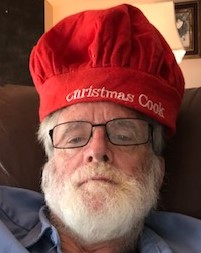Bill’s Post
October 2022

This has been a busy month for me. I have a “Bill’s Post” nearly ready but am unable to create the hook needed to get your attention. You see, this story is strictly about my family’s history and nothing to do with Port Maitland or any area nearby. It needs just the correct hook! However, all this business has been both personal as well as related to our little history group.
Port Maitland, “On the Grand” Historical Association is pleased to let you know that we have taken on the humongous tasked of replacing a sign at what I refer to as the four corners!
Only a few days ago I found out that this new sign will be the third one at this corner. We understood that Fred Moyer installed the sign around 1996 which led me to wonder why he included the population of Port in 1967 and where did he get it from? While talking to his brother Bill the other day Bill told me Fred who was born in 1948 remembered the sign from his younger days and it was falling into disrepair so he gathered up a couple friends and replaced it “as was” with the current; soon to be the former sign.
That was more than a simple relief for me as there were some incorrect facts on the current sign and I was not sure how to handle explaining them without diminishing Fred’s work. You see Fred died in 2000 and I wanted to tread lightly. Now we can lay blame on some unknown person from the former Dunn
Township Council. At least they are unknown now, but I suspect I will soon hear from their family.
But remember; I have the advantage of computers which they didn’t have in 1967 when I suspect the first sign was installed.
Please come out to the four corners on Saturday October 15 th @ 12:00 noon; and join us for the unveiling of the new sign.
